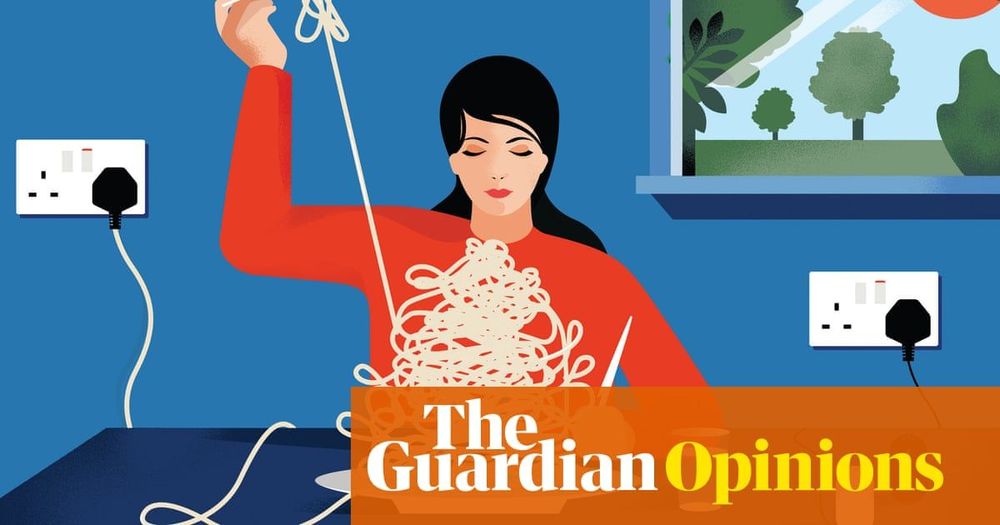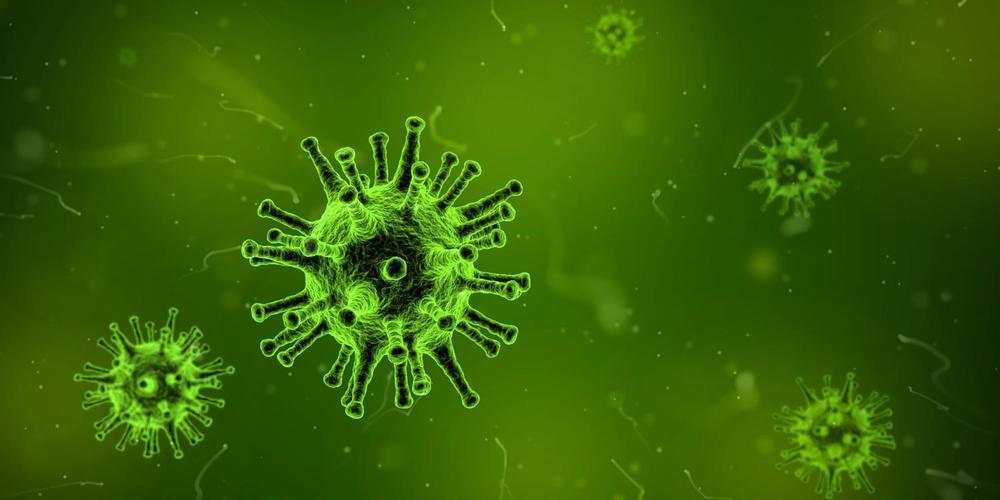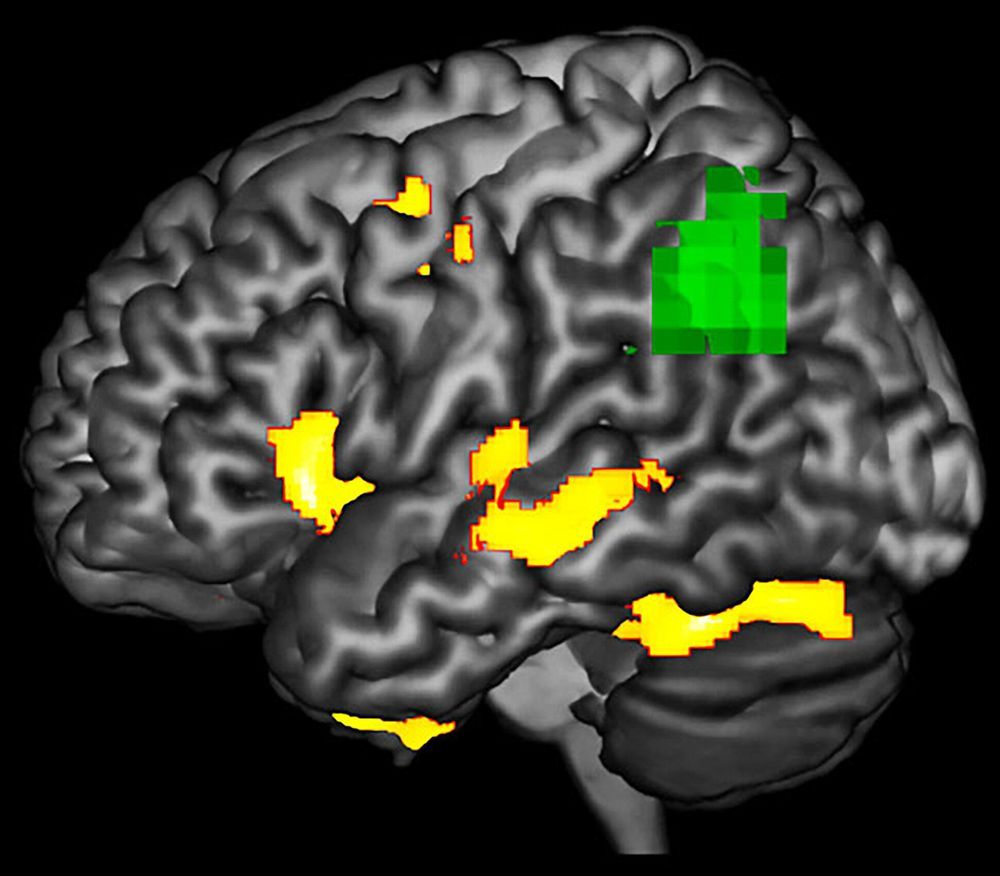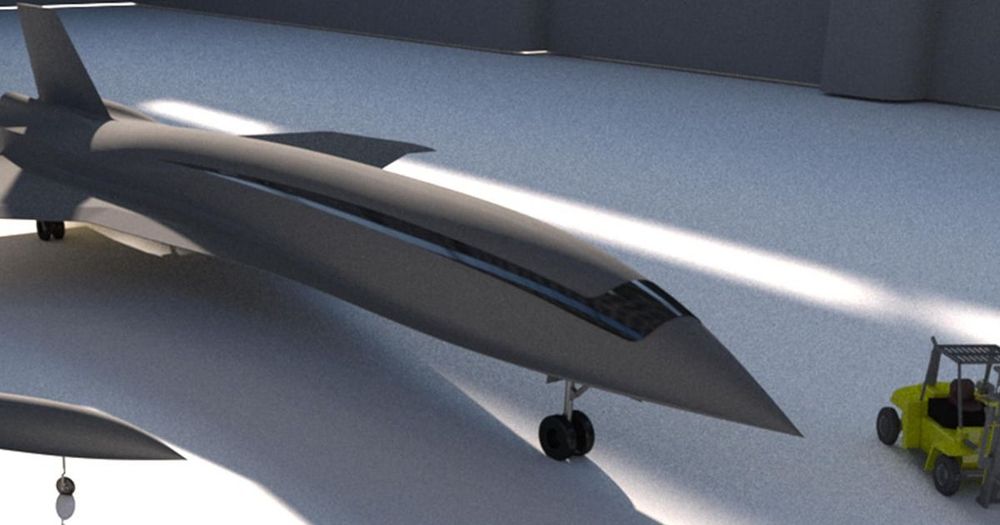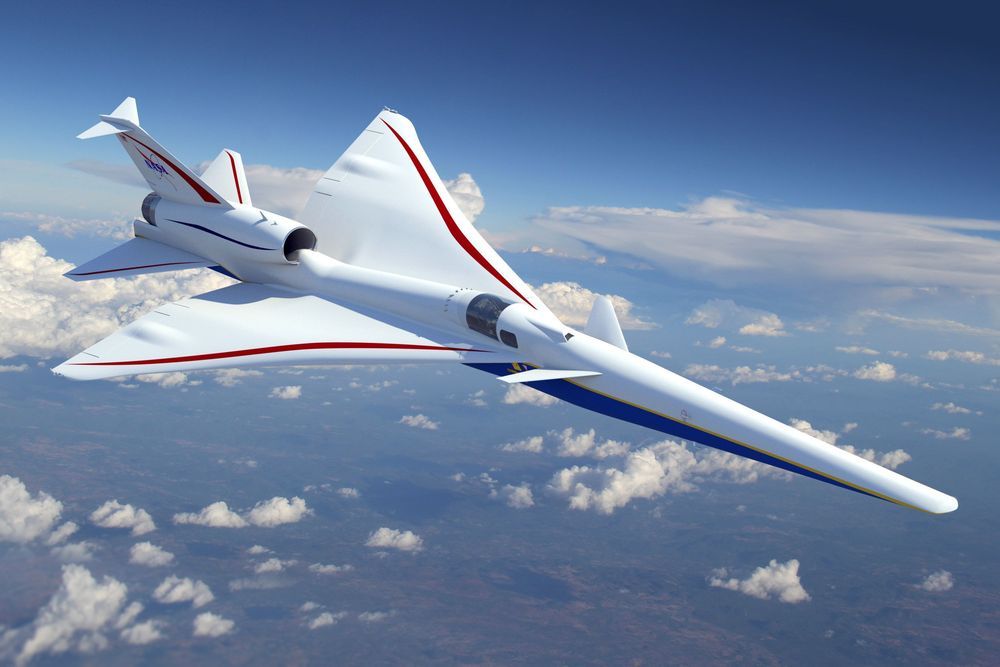Page 8847
May 13, 2019
This Hubble photo captures more than 265,000 galaxies in one image
Posted by Quinn Sena in category: cosmology
The image mosaic was created using 16 years’ worth of data from the Hubble Space Telescope, and it shows roughly 265,000 galaxies stretching back 13.3 billion years, to just 500 million years after the Big Bang.
Background: This isn’t the first Hubble deep-field image. The first one was released back in 1995, with further deep-field images following in 2003, 2004, and 2012. However, this is by far the most comprehensive. It was created by weaving together several of the previous Hubble photos. The image, dubbed the Hubble Legacy Field, represents 7,500 separate exposures. It contains about 30 times as many galaxies as the previous shots. The image above is just a section of the whole: you can see the full thing here.
A time machine: Because many of the galaxies Hubble captures are so far away, it has taken billions of years for their light to reach us. That makes the telescope a sort of time machine, letting us see galaxies as they were billions of years ago.
Continue reading “This Hubble photo captures more than 265,000 galaxies in one image” »
May 13, 2019
Elon Musk’s startup connecting brains to computers raises $39 million
Posted by Carse Peel in categories: computing, Elon Musk, neuroscience
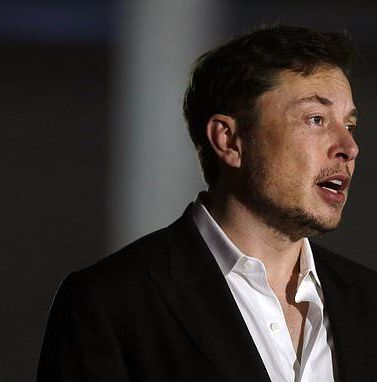
Elon Musk’s Neuralink startup raises $39 MILLION as it seeks to develop tech that will connect the human brain with computers…
An Elon Musk-backed startup looking to connect human brains to computers has raised most of its $51 million funding target. According to a report Neuralink has raised $39 million.
Continue reading “Elon Musk’s startup connecting brains to computers raises $39 million” »
May 13, 2019
Study uncovers key mechanism that allows some of the world’s deadliest viruses to replicate
Posted by Quinn Sena in categories: biotech/medical, genetics
Viruses are masterful invaders. They cannibalize host cells by injecting their genetic material, often making thousands of copies of themselves in a single cell to ensure their replication and survival.
Some RNA viruses insert their genetic material as a single piece, while others chop it up into pieces. The latter are aptly named segmented viruses.
Such segmented RNA viruses—including several that cause human diseases like influenza—have been a longstanding enigma to researchers: How do they accomplish the precise copying and insertion of each segment? How do they ensure that individual segments are all copied by the same enzyme while ensuring that each segment can make different amounts of RNA? Such exquisite regulation is critical to make the correct levels of the viral proteins necessary for successful replication.
May 13, 2019
Plastic eating bacteria in the oceans
Posted by Quinn Sena in categories: food, materials
Huge plastic waste dumps float in the Oceans bigger than continents. Some 10% of world’s plastic waste finds its way into the sea and ends up in the central regions where slow moving circular currents trap debris into one large constantly moving mass of plastic. This is slowly being broken down into a plastic dust that marine wildlife mistake for food. Small fish consume tiny bits of plastic as if they were normal plankton. Those fish are then consumed by larger species and the plastic contamination moves up the food chain. Over a million seabirds, as well as more than 100 thousand marine mammals, die every year from ingesting plastic debris. Some researchers estimate that there are over six kilos of plastic for every kilo of naturally occurring plankton in the Pacific plastic waste dump.
Dead seabirds having mistaken plastics for food, have been found with discarded plastic lighters, water bottle caps and scraps of plastic bags in their 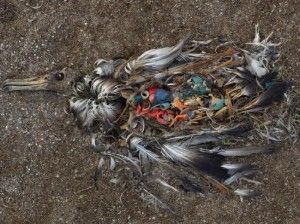 stomachs. / Oceanic gyres: the circular movement of the ocean waters concentrates the plastic in the centre of the oceans.
stomachs. / Oceanic gyres: the circular movement of the ocean waters concentrates the plastic in the centre of the oceans.
But maybe things are not as bad as it looks: scientists working on the pollution saw that it did not grow in 22 years, even if the plastic production grew fourfold. An organism may be eating plastic in the ocean, but whether the bug is green or mean remains to be seen.
May 13, 2019
Jeff Bezos wants to save Earth by moving industry to space
Posted by Pat Maechler in category: space travel
The billionaire owner of Blue Origin outlines plans for mining, manufacturing, and colonies in space.
[Photo: Flickr user NASA Goddard Space Flight CenterFollow;courtesy of BlueOrigin].
May 13, 2019
Detecting dementia’s damaging effects before it’s too late
Posted by Quinn Sena in categories: biotech/medical, health, neuroscience
Scientists might have found an early detection method for some forms of dementia, according to new research by the University of Arizona and the University of Toronto’s Baycrest Health Sciences Centre.
According to the study published in the journal Neuropsychologia last month, patients with a rare neurodegenerative brain disorder called Primary Progressive Aphasia, or PPA, show abnormalities in brain function in areas that look structurally normal on an MRI scan.
“We wanted to study how degeneration affects function of the brain,” said Aneta Kielar, the study’s lead author and assistant professor in the UA Department of Speech, Language and Hearing Sciences.
Continue reading “Detecting dementia’s damaging effects before it’s too late” »
May 13, 2019
Blazing Supersonic Plane Could Zoom From NY to Paris in 90 Min
Posted by Quinn Sena in categories: drones, Elon Musk, robotics/AI, space travel
Planes, Drones, and AI Machines
But going from Mach 2 to Mach 5 is not an easy undertaking. Hermeus is hoping to pull from existing technologies to make its insanely fast passenger plane a reality, including titanium materials and cutting edge rocketry.
It’s impossible to tell what the future of air travel will look like. If supersonic airplanes aren’t it, SpaceX founder Elon Musk has pushed for the idea that we’ll go between Earthly destinations in rockets that can technically take us to Mars.
Continue reading “Blazing Supersonic Plane Could Zoom From NY to Paris in 90 Min” »
May 13, 2019
NASA hands massive supersonic contract to Lockheed Martin, with one catch: No sonic boom
Posted by Quinn Sena in category: transportation
Circa 2018
Lockheed Martin has won a nearly quarter-billion dollar NASA contract to develop a plane capable of supersonic speed without creating the deafening sonic boom that comes with breaking the sound barrier.
The cost-plus NASA contract, valued at $247.5 million, will allow the defense contractor’s secretive Skunk Works division to continue development of Lockheed Martin’s Quiet Supersonic Technology (or QueSST) aircraft. This is “NASA’s first X-plane in a generation,” a Lockheed Martin spokesperson told CNBC on Tuesday.
